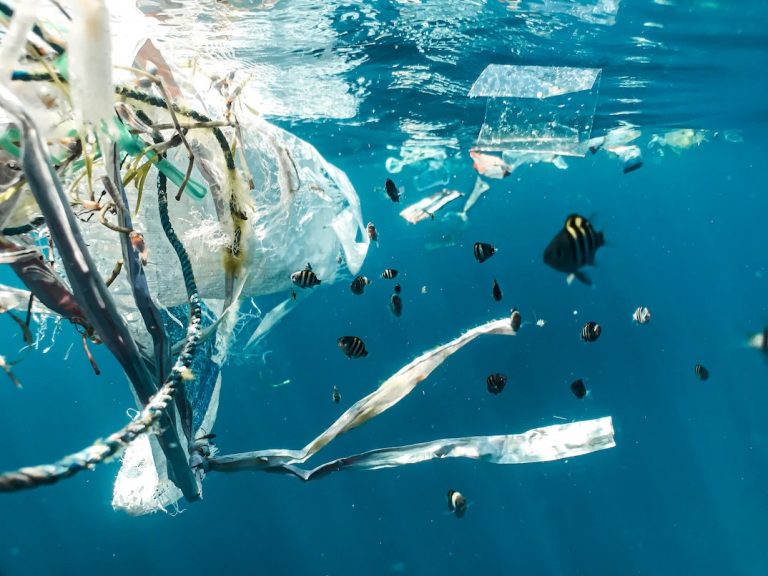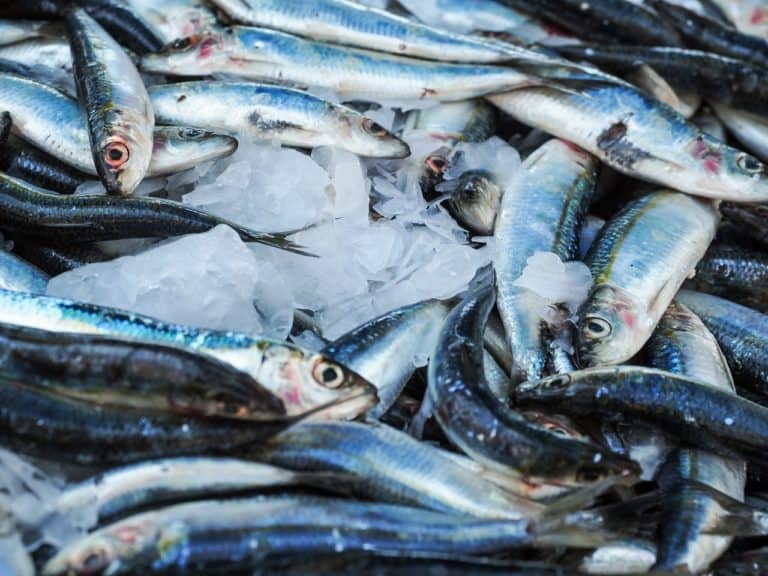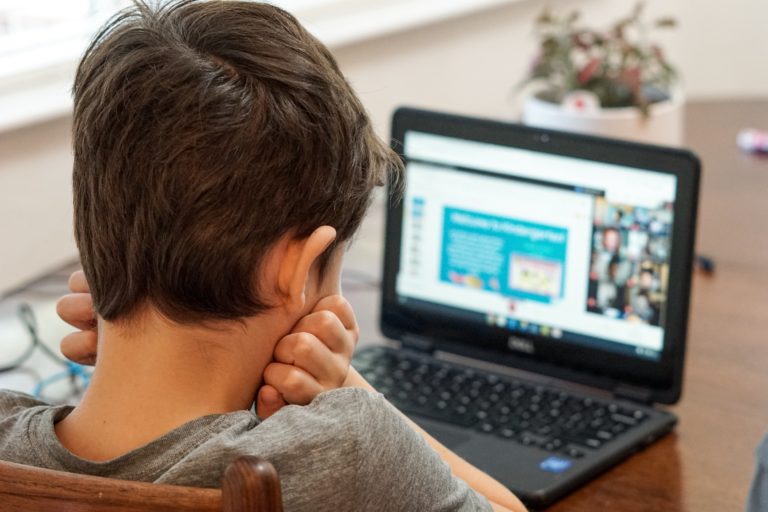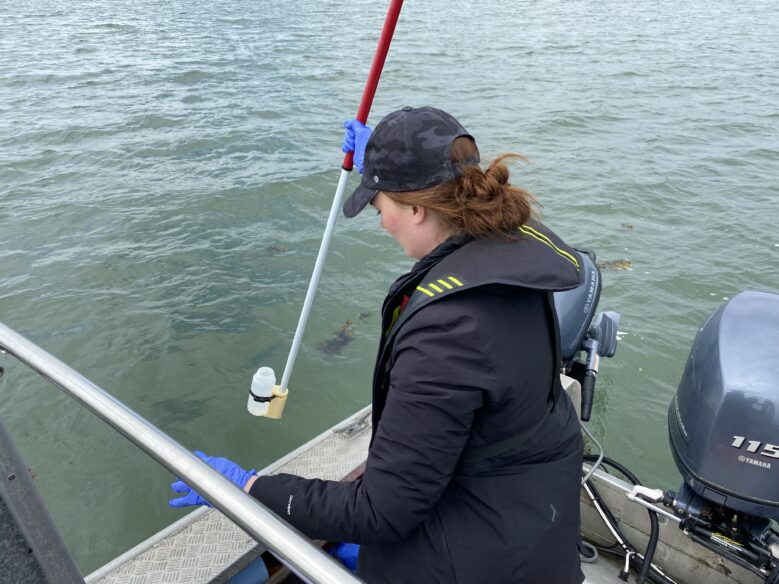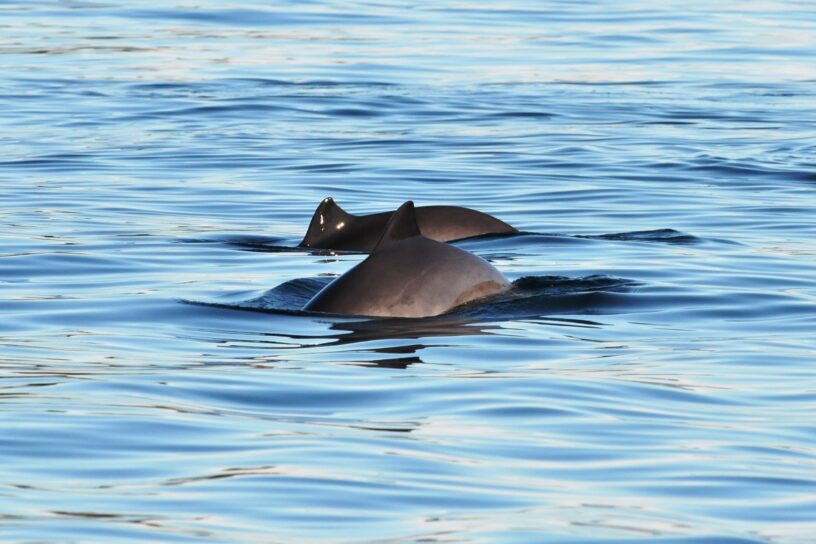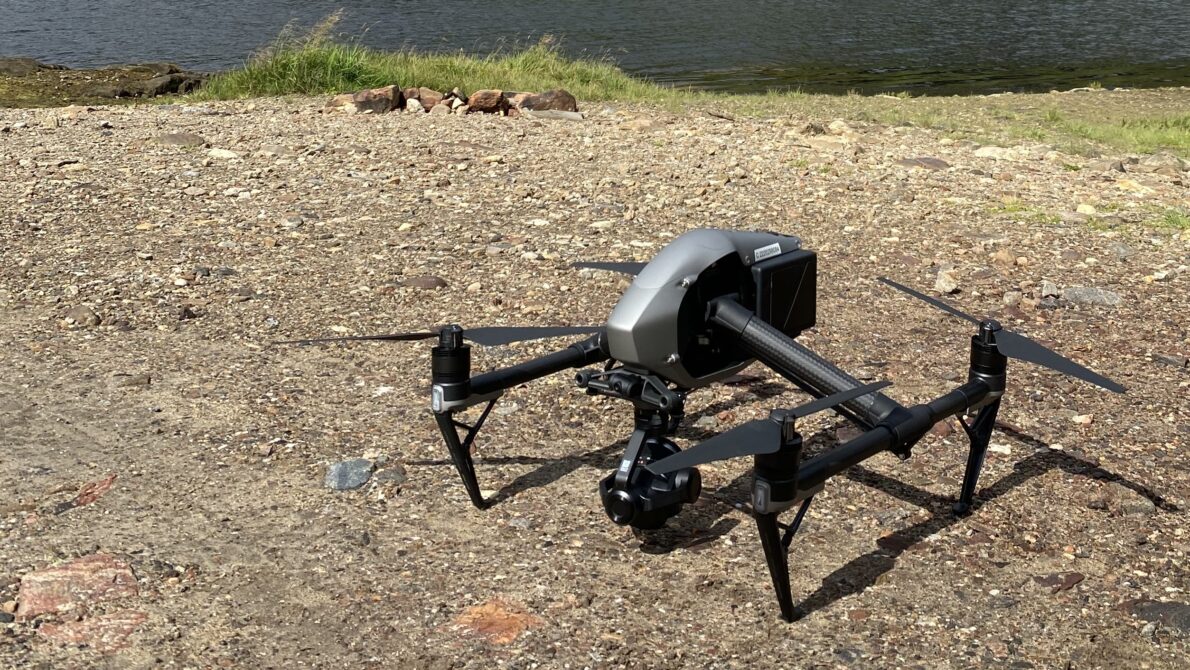
From the Field Blog #3 Birds-eye view: Using drones to study humpback whales
The Ocean Wise Whale Team has had a busy field season. This is the third in a series of four blog posts from the team on the North Coast. Stay tuned to our social media account for part 4!
It’s a beautiful day on the North Coast, which means it’s the perfect opportunity to fly our drone, “Storm”! Sunshine and glassy waters aren’t common in the waters surrounding Prince Rupert, so when we do get a day like this, we take full advantage. Ocean Wise holds a Marine Mammal License (MML-18) from Fisheries and Oceans Canada which allows us to conduct research by flying drones over whales, an activity that is currently illegal without this type of permit. Here, we take you through some highlights (and difficulties) of mixing drones and water.
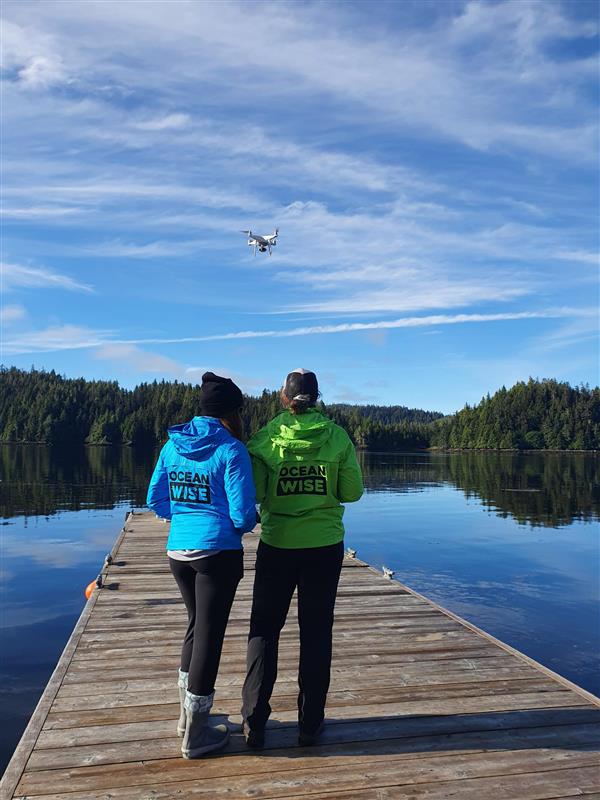
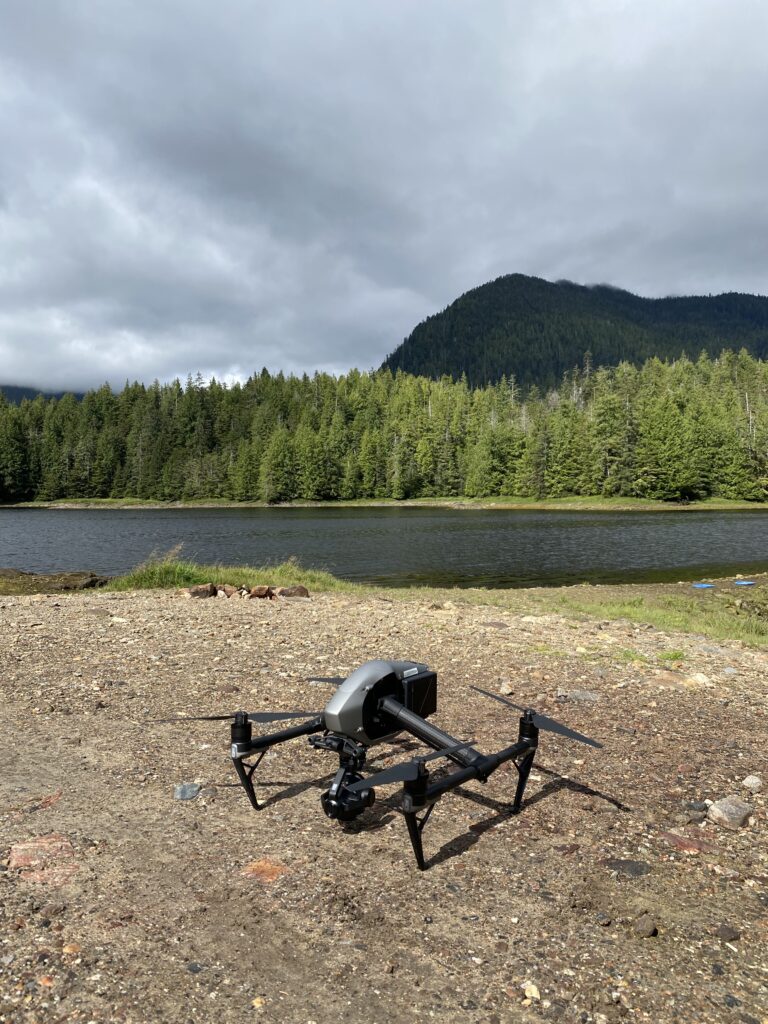
Meet one of our drones, Storm, short for Storm Petryl. Storm may not look it, but it packs a punch. This drone weighs about 12 pounds including the camera and is about the size of a large house cat. As it is always good to have a backup, we also have a smaller and less intimidating drone seen in the picture to the left, named Bug. Both drones are used depending on the situation. On a typical flying day, the North Coast team will first locate a humpback whale and use our hand-held cameras with telephoto lens’ to identify the individual. Since the underside of humpback whale flukes are like fingerprints, we can identify each individual based on their unique markings and trailing edge. Next, conditions are checked to ensure that flying a drone will be safe for both the team and the whale. We need both the weather and the water to be on our side, so anything remotely windy, rainy, or wavy is a no-go. Once it has been confirmed that all safety measures are met, the drone is set up, double checked and hand launched from our vessel (with loads of PPE including a helmet and heavy-duty gloves– see picture below).

We fly over the whales at height of about 30 meters, at which point we take pictures and videos to see the whales from a whole new perspective. Our drone battery lasts for approximately 20 mins, and during this time there is constant communication occurring on the boat. The “pilot” who flies the drone has eyes on the drone’s location at all times, while a second person has a separate controller to control the camera and take pictures and videos. The last person is driving the boat, follow the drone and the whale at a safe distance and keeping the boat as stable as possible during take-off and landing to ensure safe catch and release. Using drones to capture photos and videos has proven to be a non-invasive method for studying humpback whales – no altered behaviour was observed during our research activities. It may be hard work for us, but this “birds-eye view” certainly doesn’t get old.
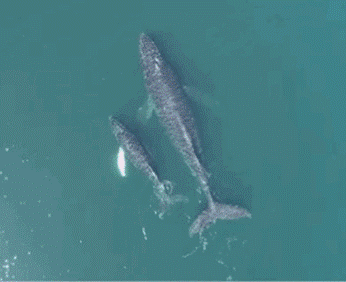
This year, we used our drones to fly over humpback whales in collaboration with the Marine Education and Research Society (MERS) to look at body condition and the presence of scars on whales. Humpbacks, like other whale species, are susceptible to entanglement in fishing gear and other marine debris that wraps around their rostrum, fins, or tail. Unfortunately, entanglements can often be fatal for the whales, hindering their ability to forage or even get to the surface to breathe. Non-lethal entanglements will leave scars on the whales that can be examined through high quality drone images. In collecting these images, we hope to get a better idea of how many humpbacks have been entangled in the past, and what we can do to prevent this in the future. Preliminary data from MERS and DFO suggest that approximately half of the humpbacks in BC have been entangled at least once. For more updates on this project, keep an eye on the @mersociety and @oceanwiseresearch on Instagram.

This study is being conducted at a very pragmatic time, as there have been several cases of entangled whales along the coast of BC. If you see a whale that you believe to be injured, entangled, or dead, it is very important to report this information to DFO immediately. This information can help save the whale’s life and/or provide scientists with important knowledge on how to help the whales in the future. Dead or distressed whales should be reported directly to the BC Marine Mammal Response Network (Pacific: 1-800-465-4336). It is important that you do not attempt to disentangle or cut any lines on the whale because you may accidentally hurt yourself or create a worsened situation for the whale. For sightings of happy and healthy whales of any species, send your reports to Ocean Wise using the WhaleReport App. These sightings are used to learn about whales on our coast and protect individual animals through the WhaleReport Alert System (WRAS). You can learn more about the WRAS and how these sightings are used for conservation here!
Posted December 16, 2022 by Nic Schulz


